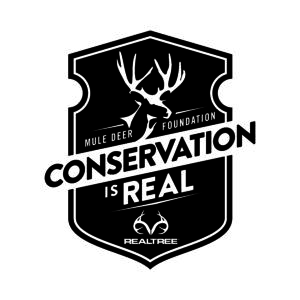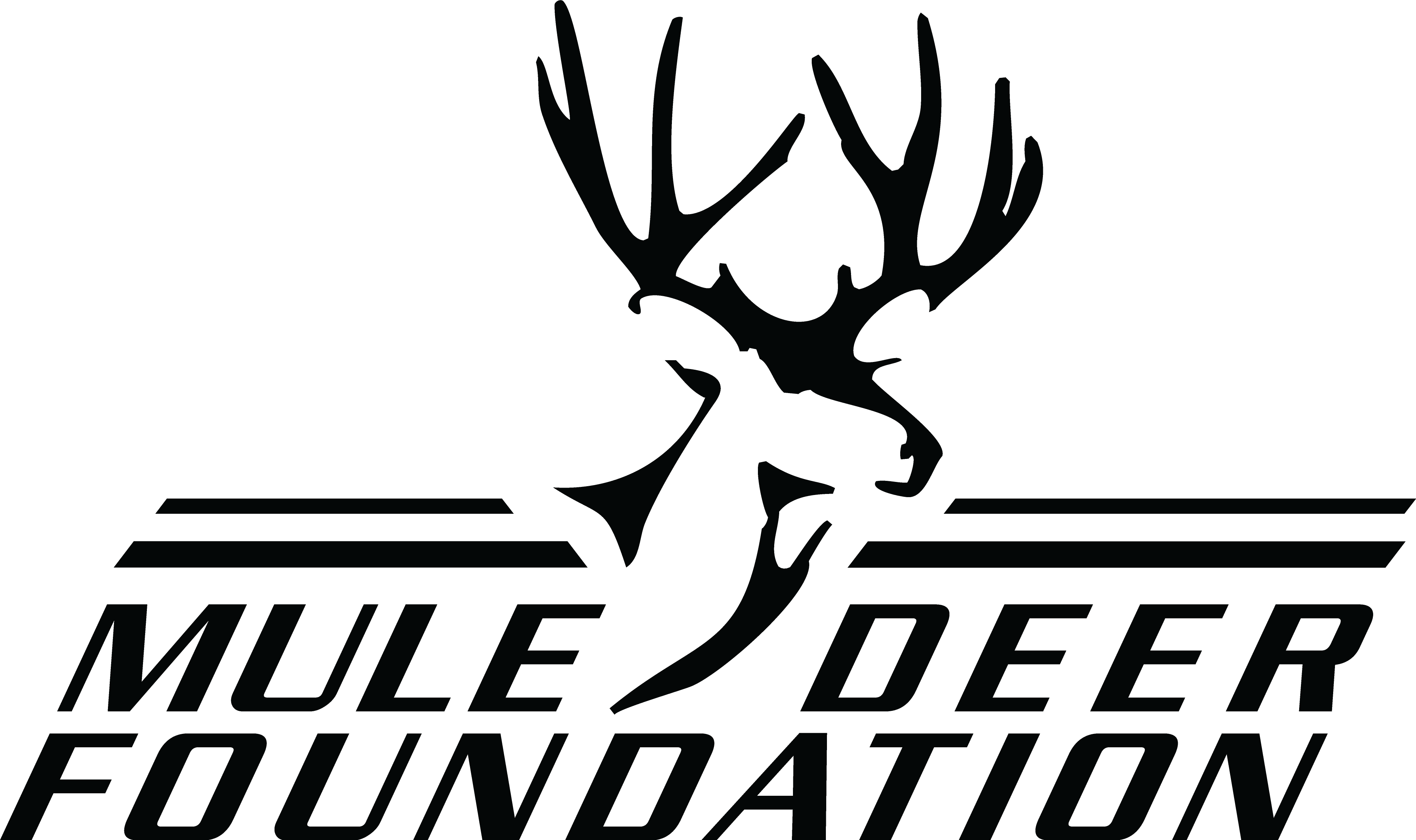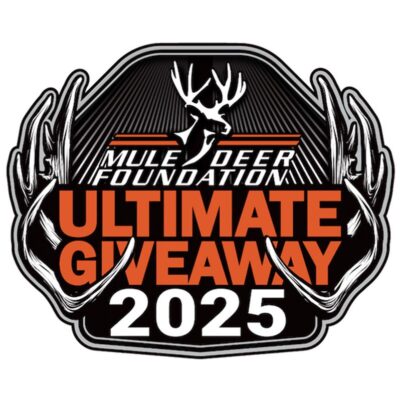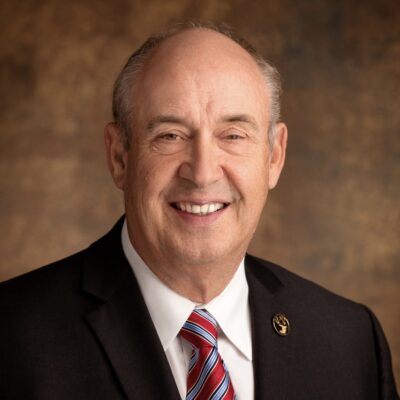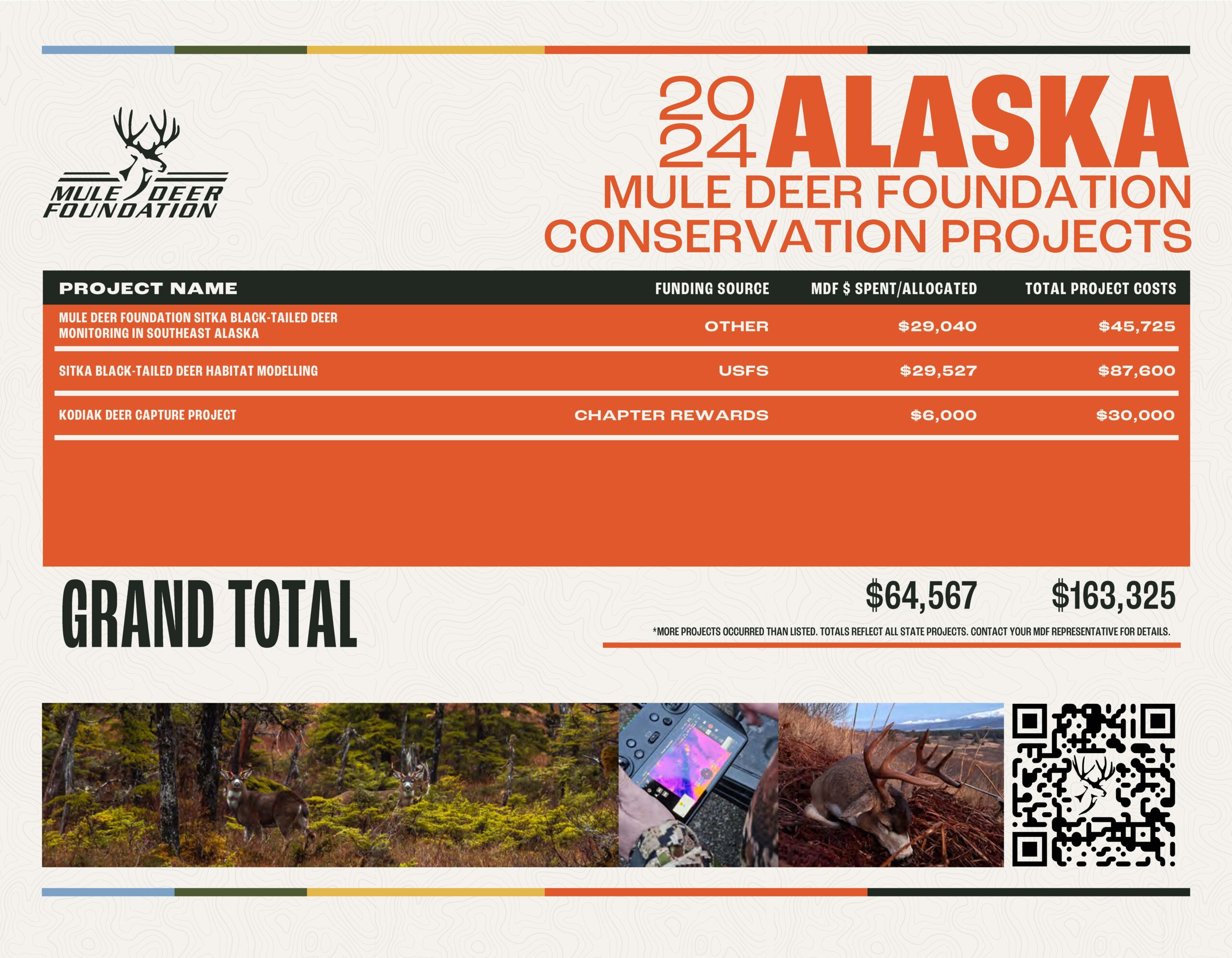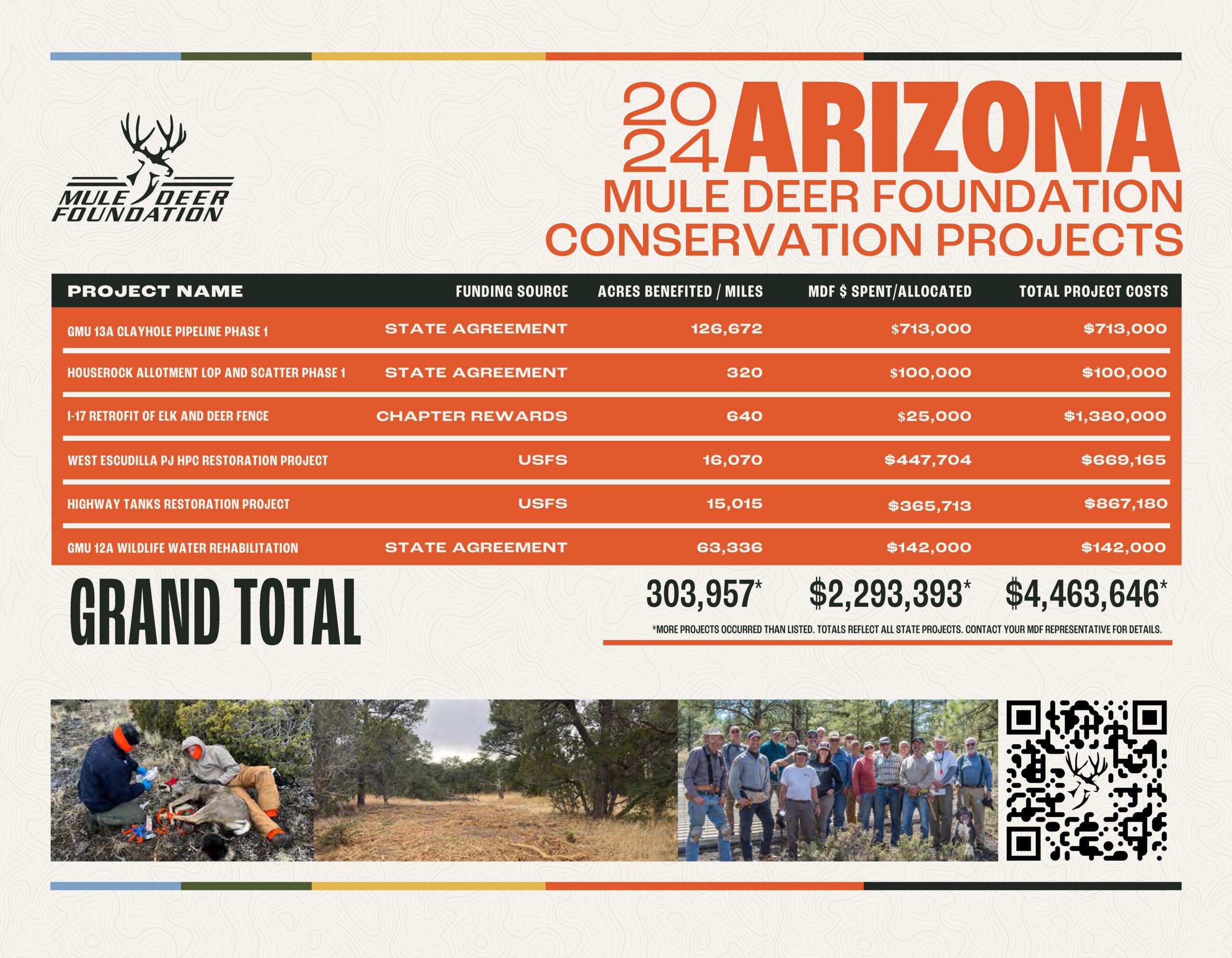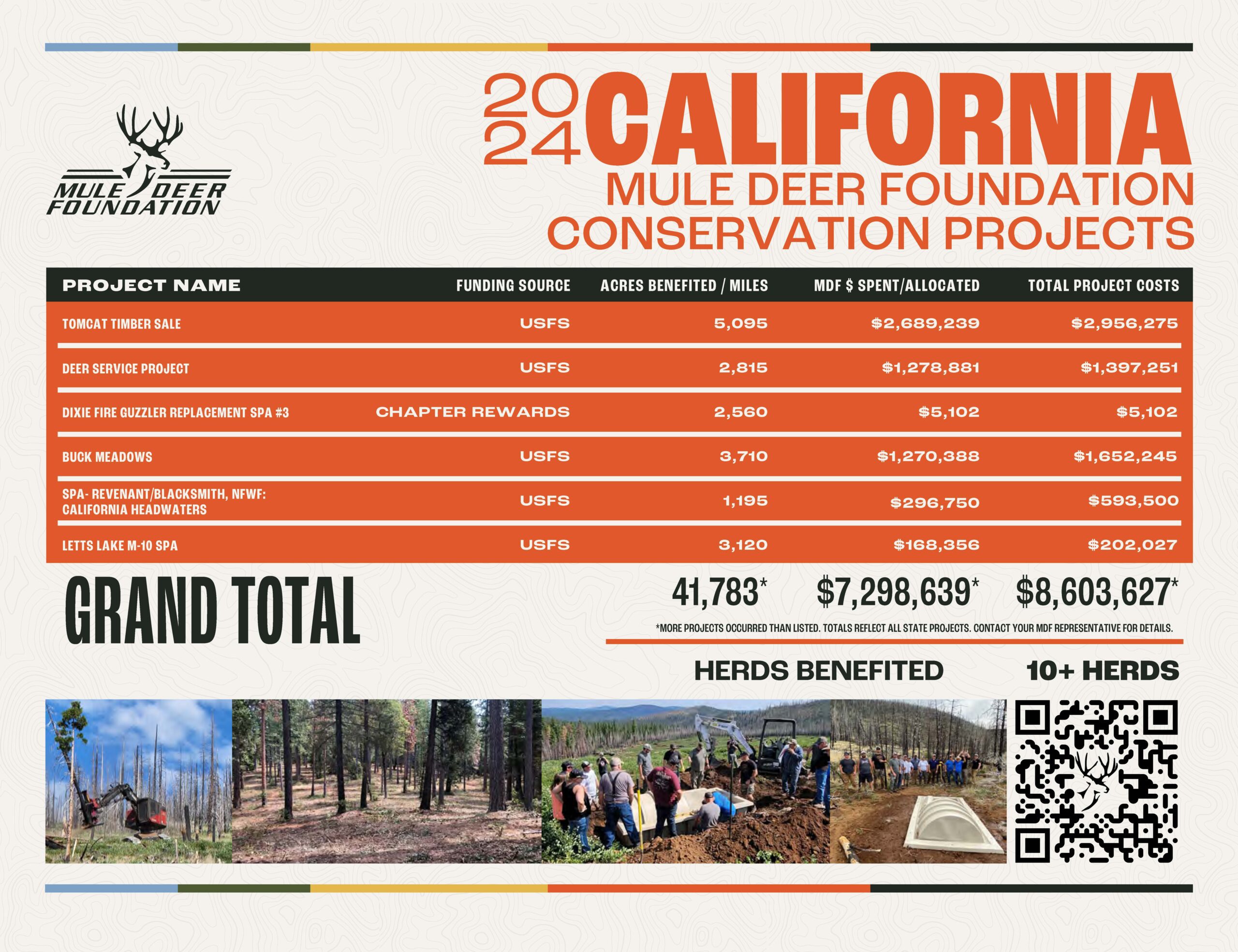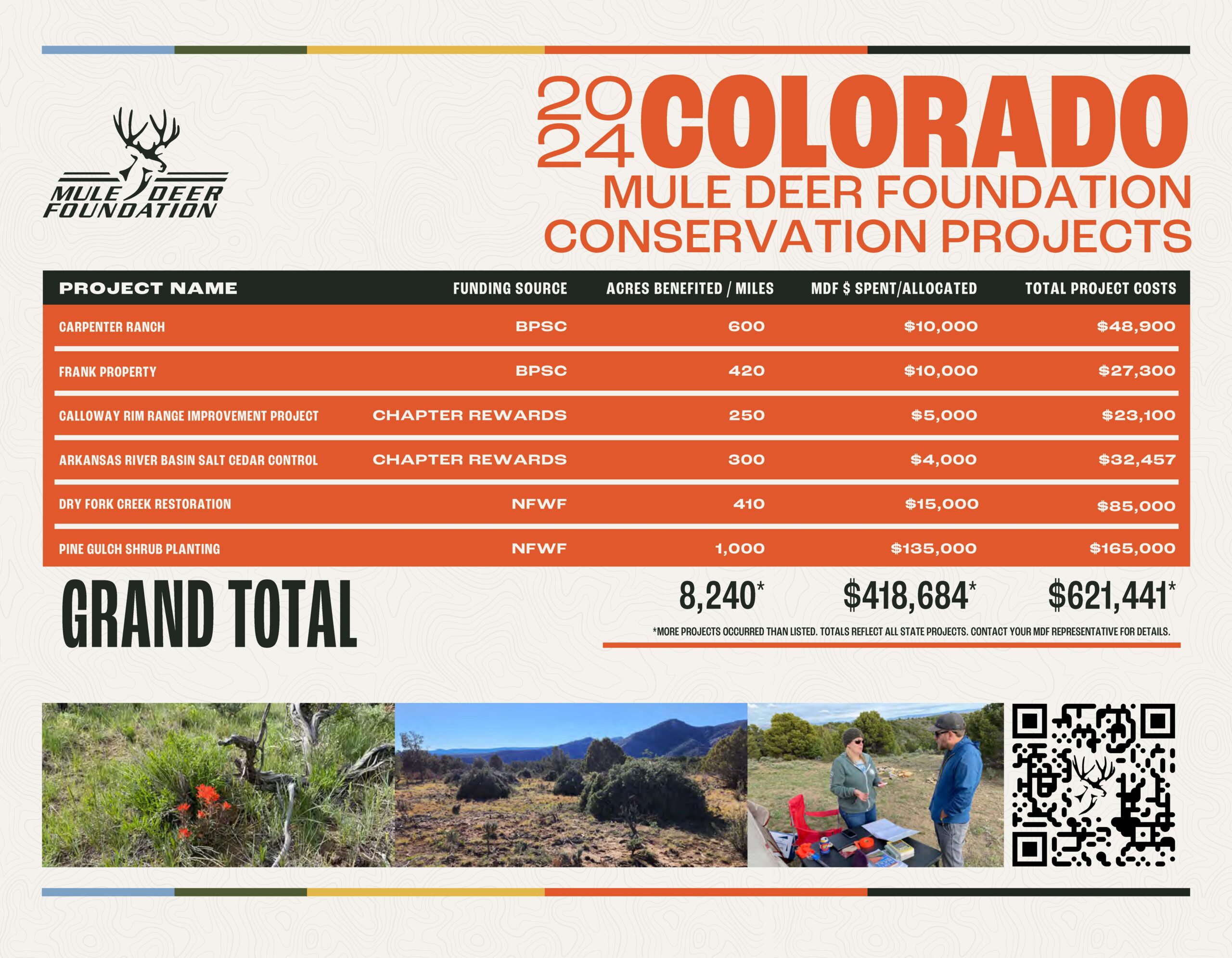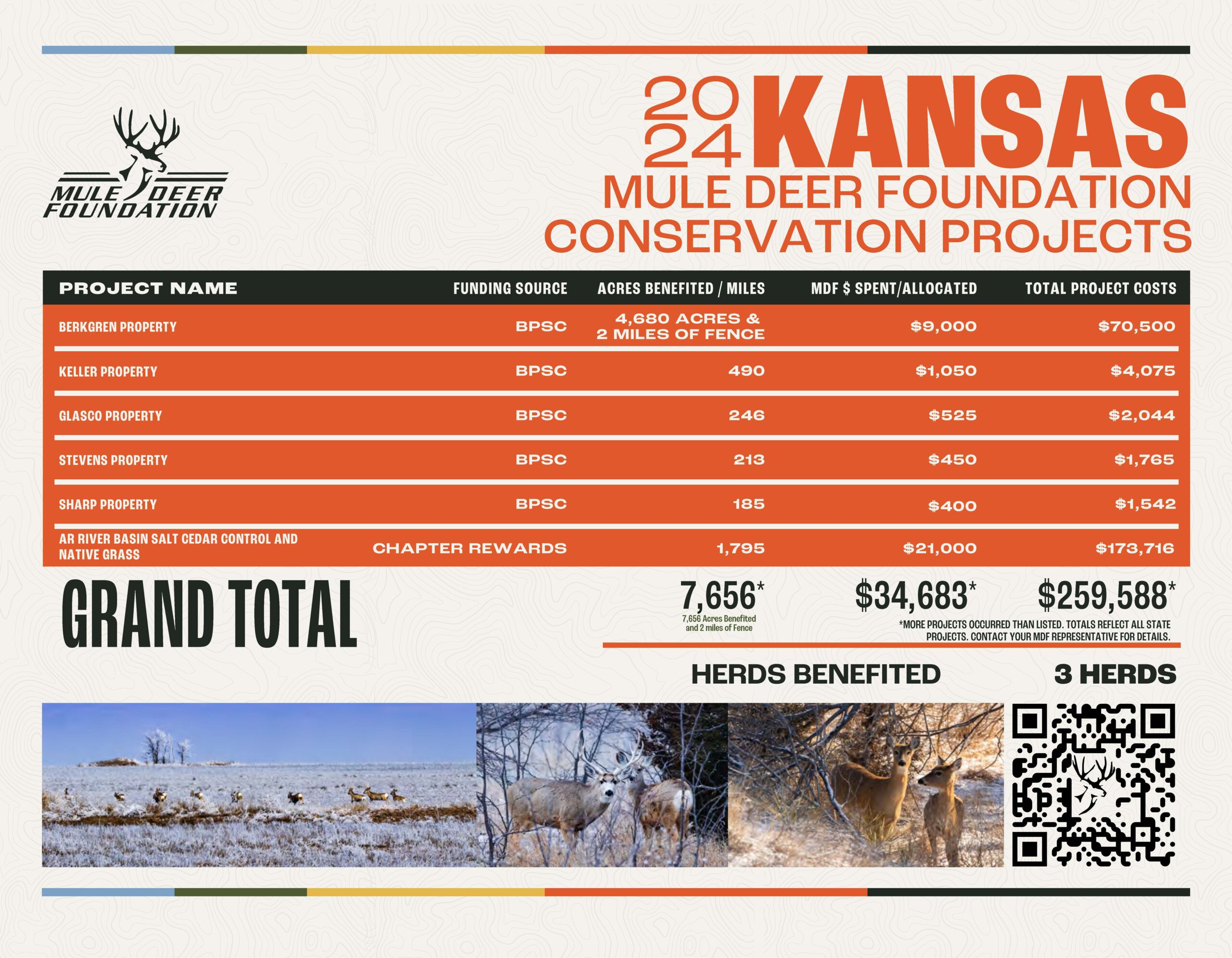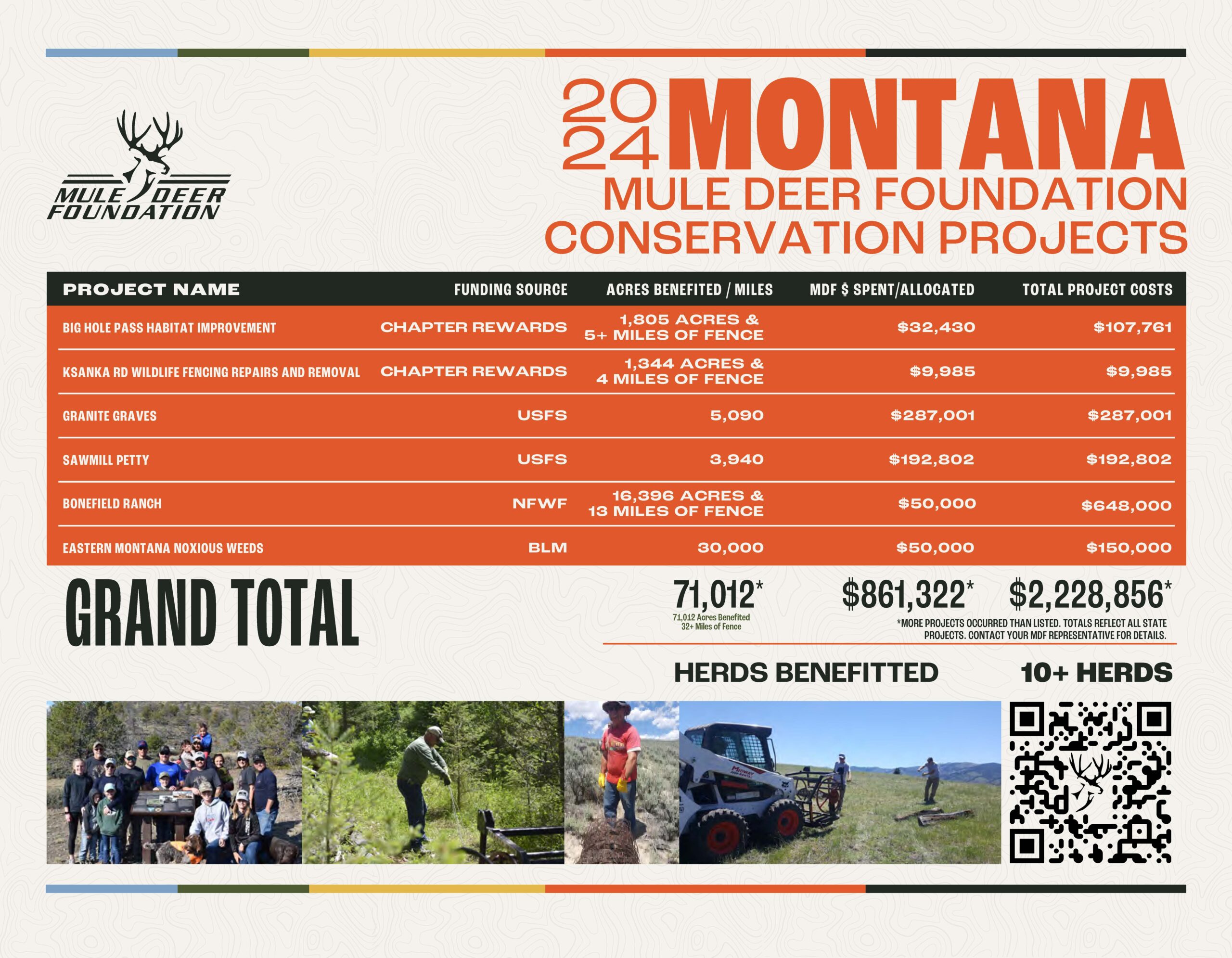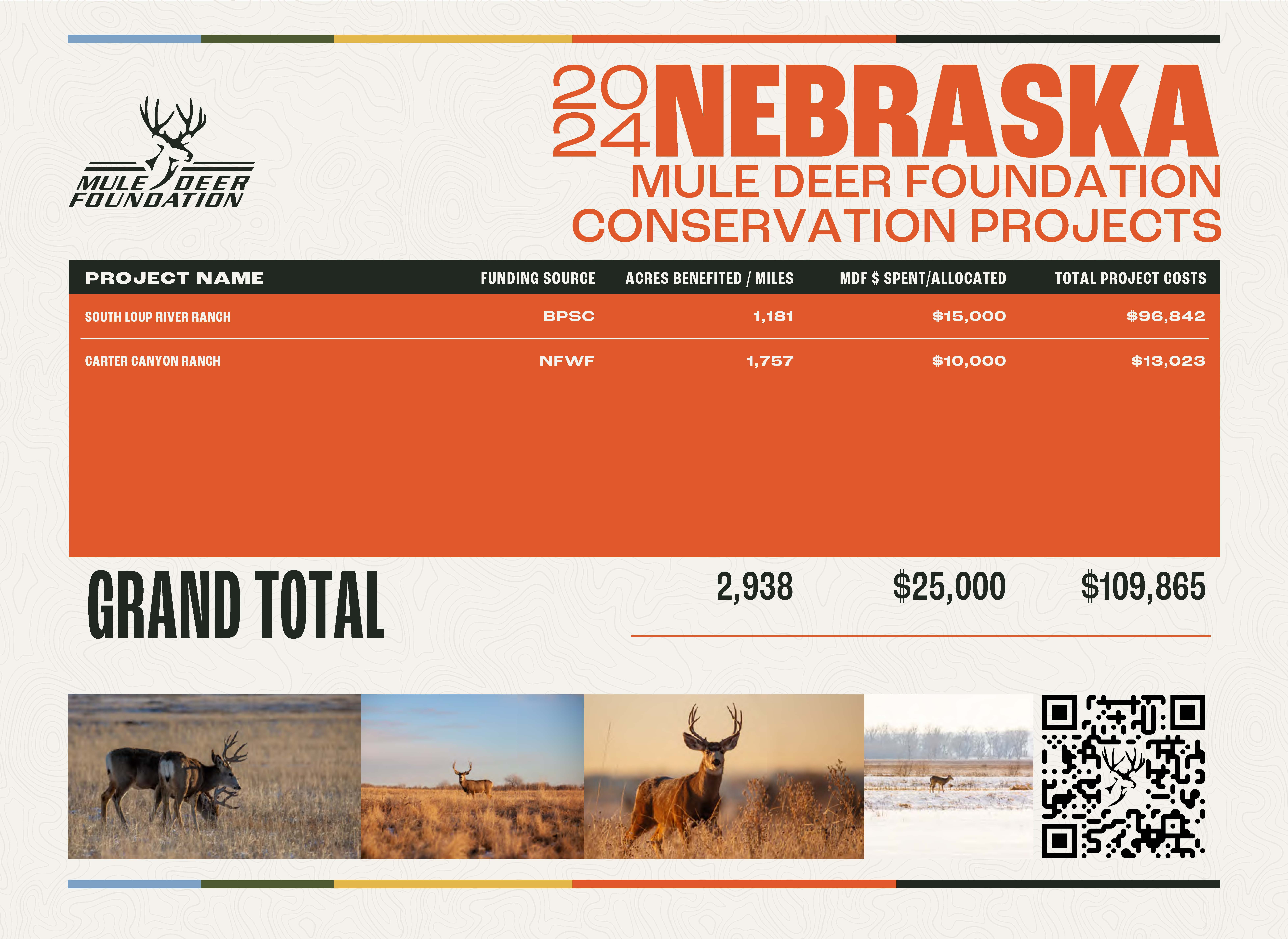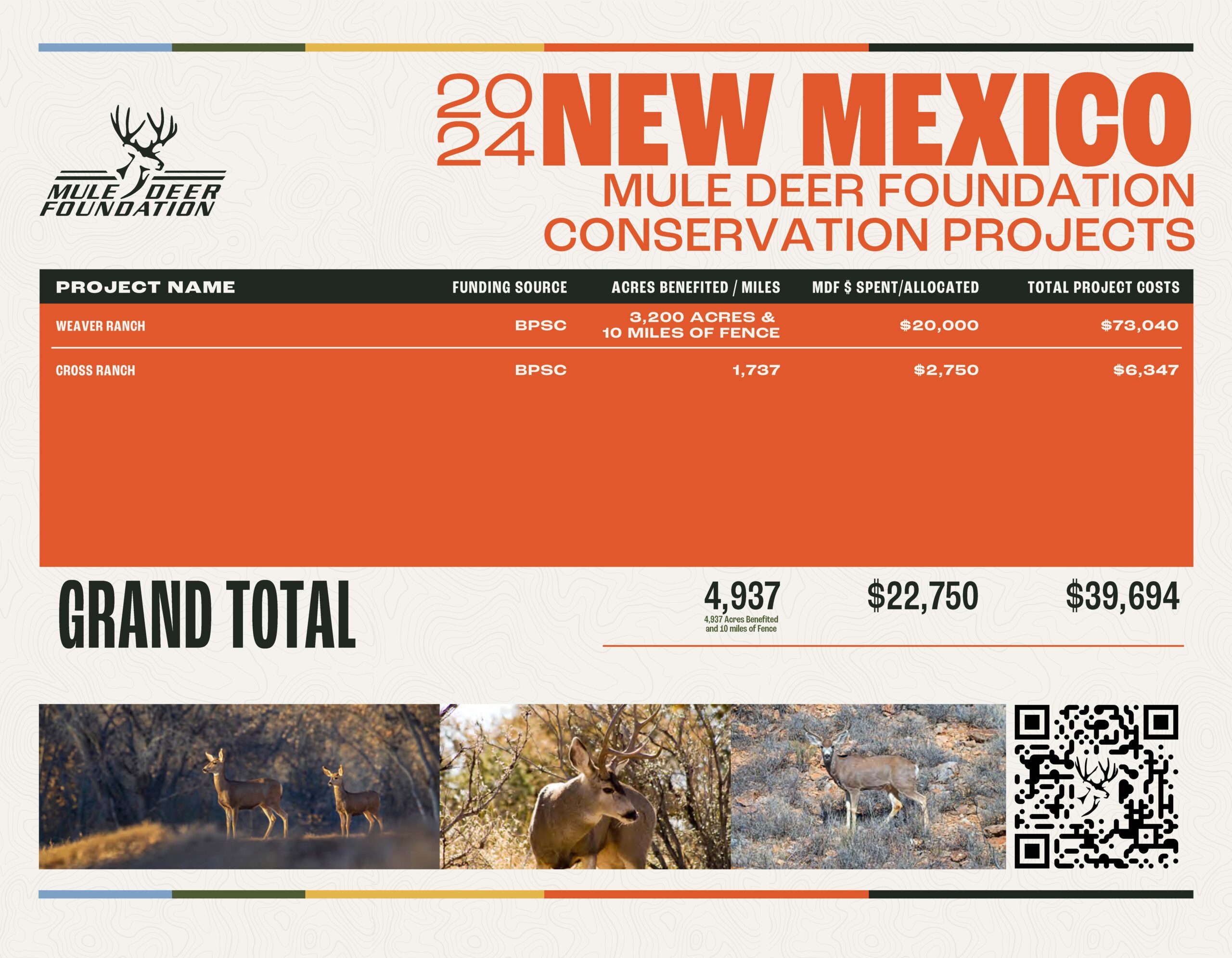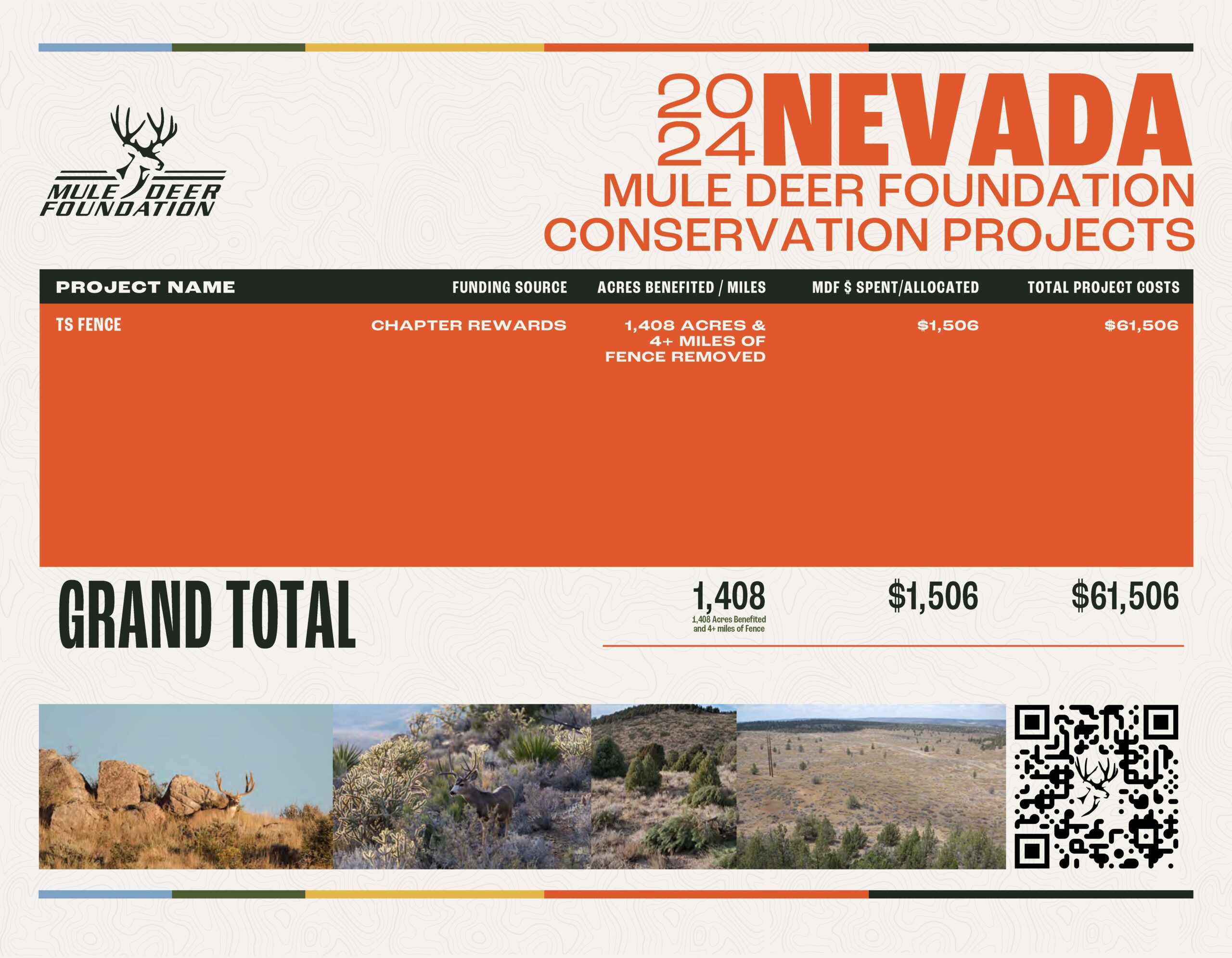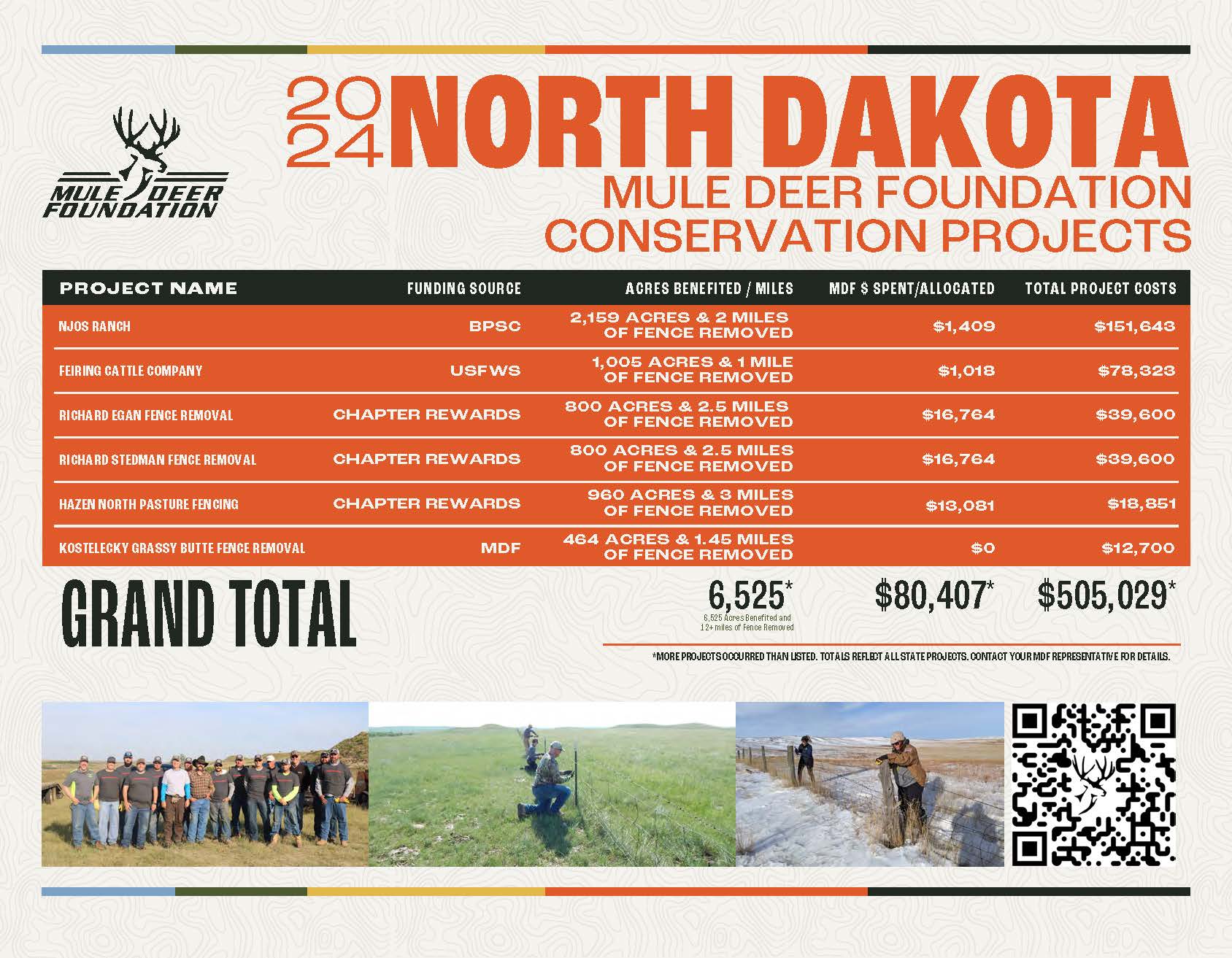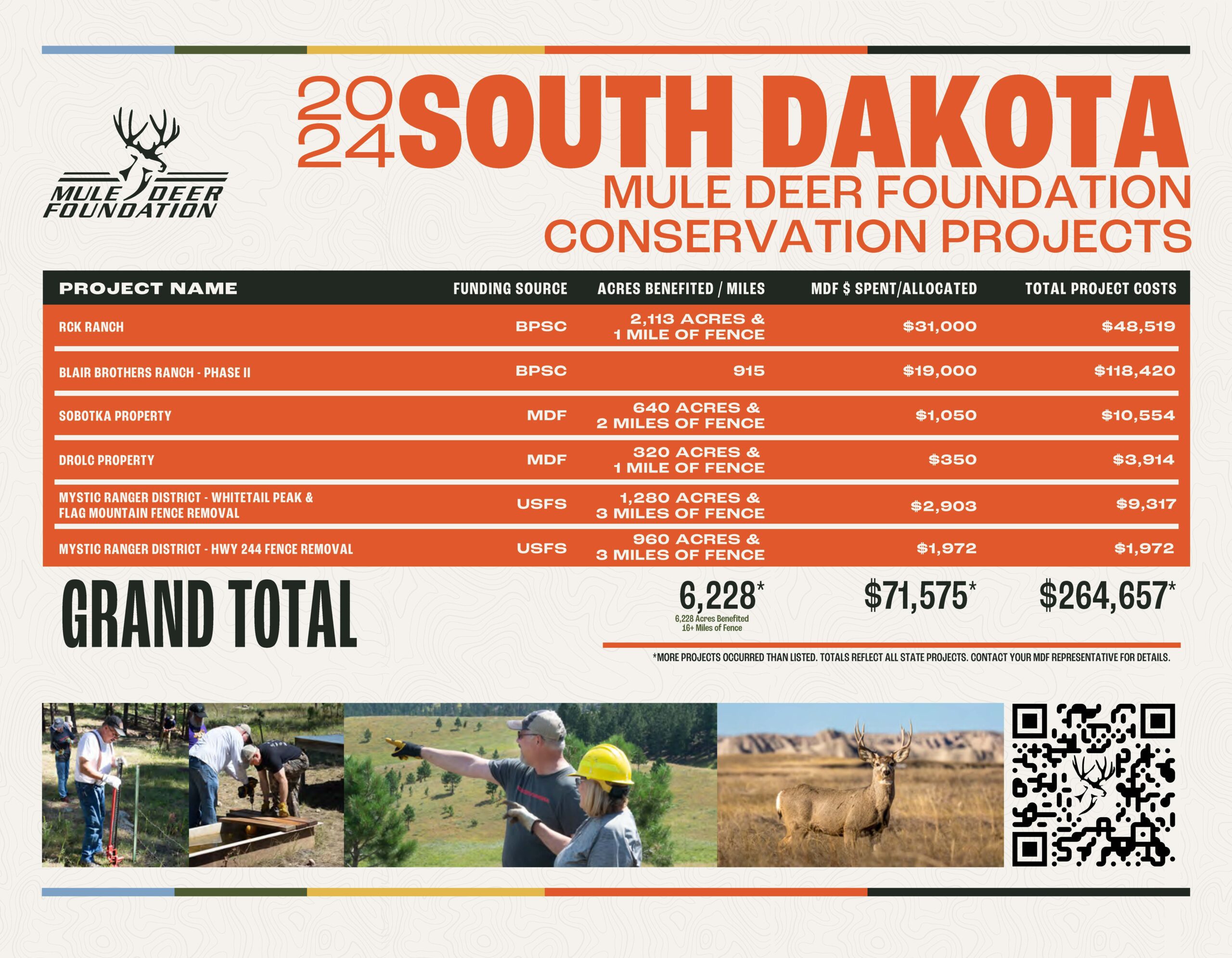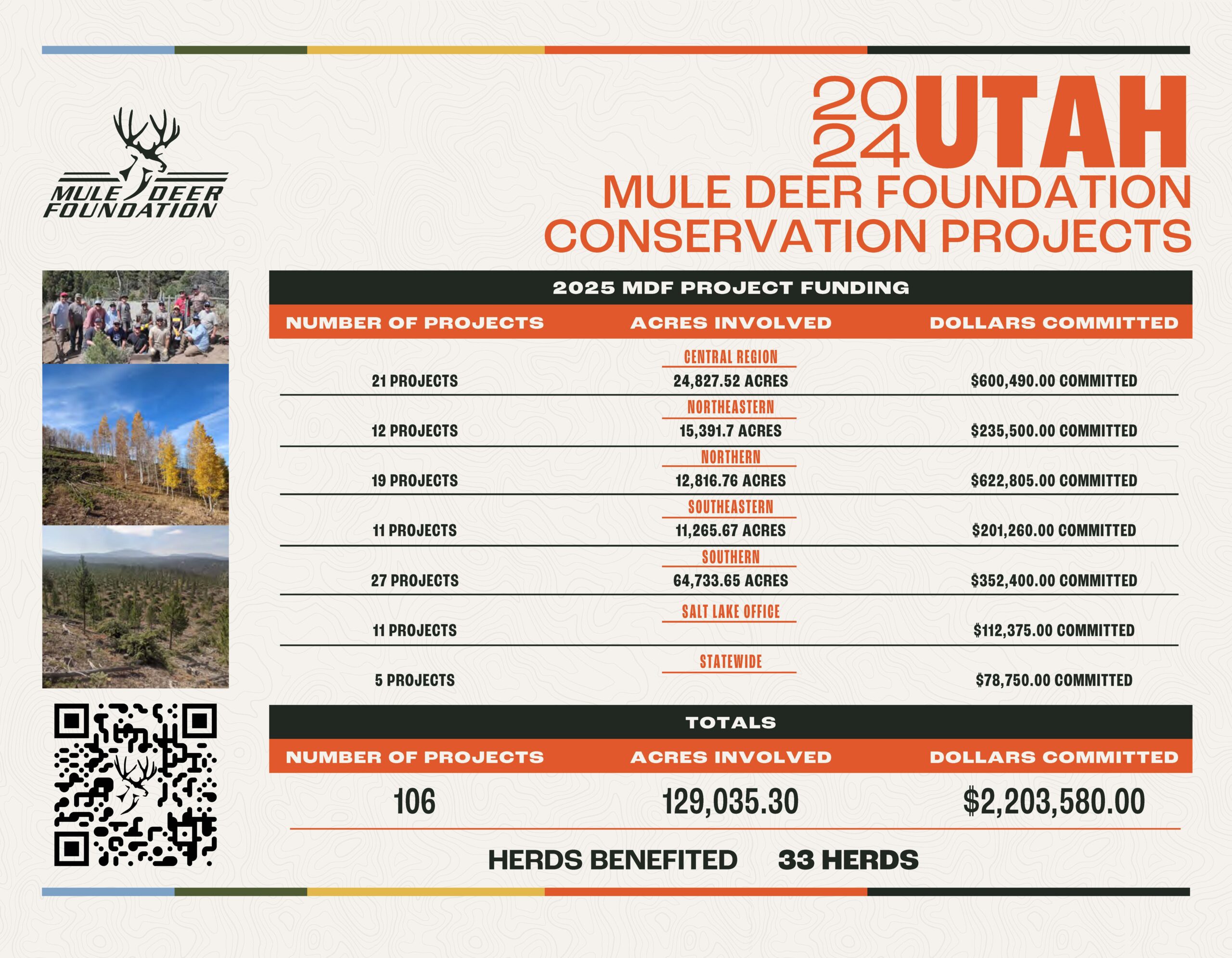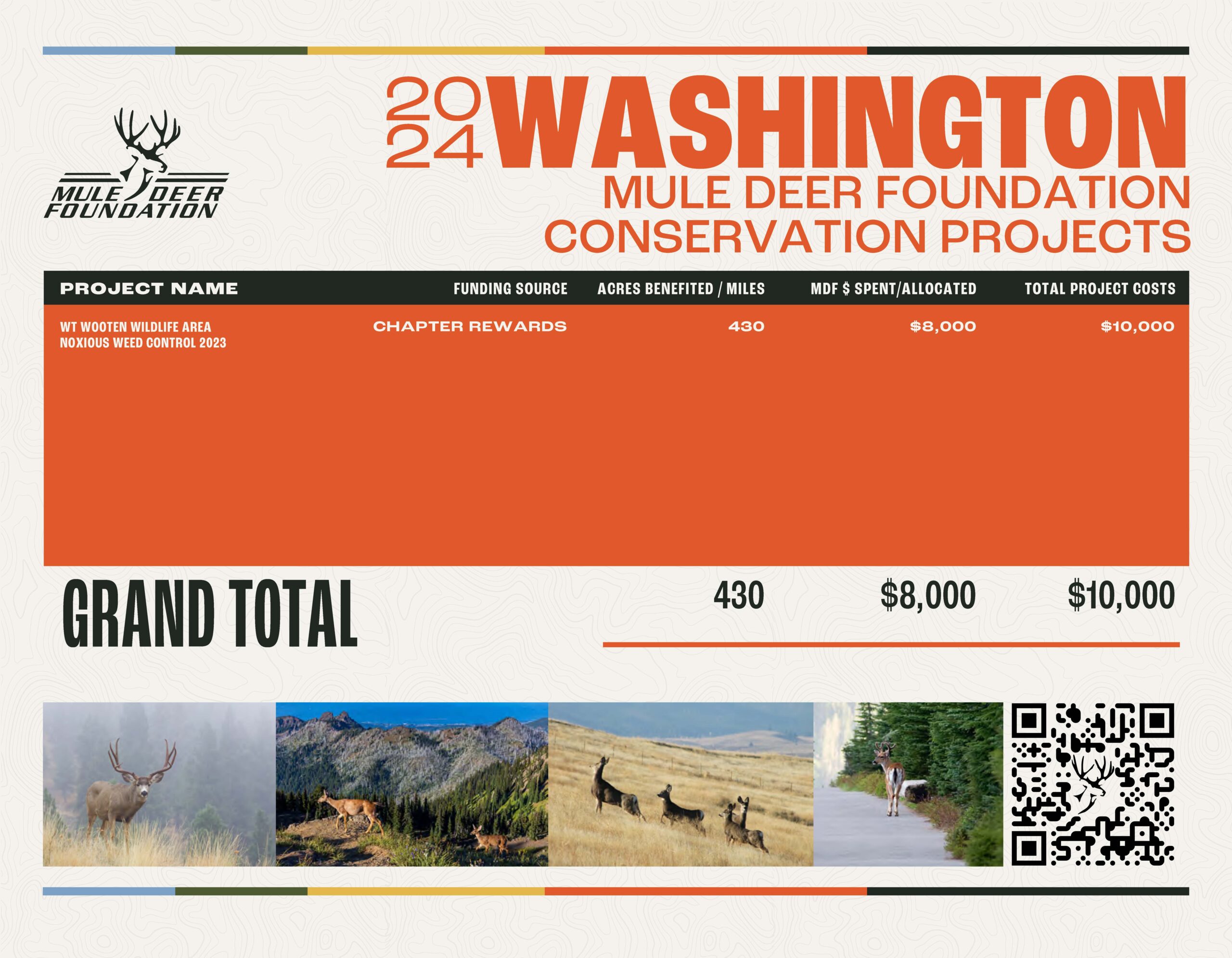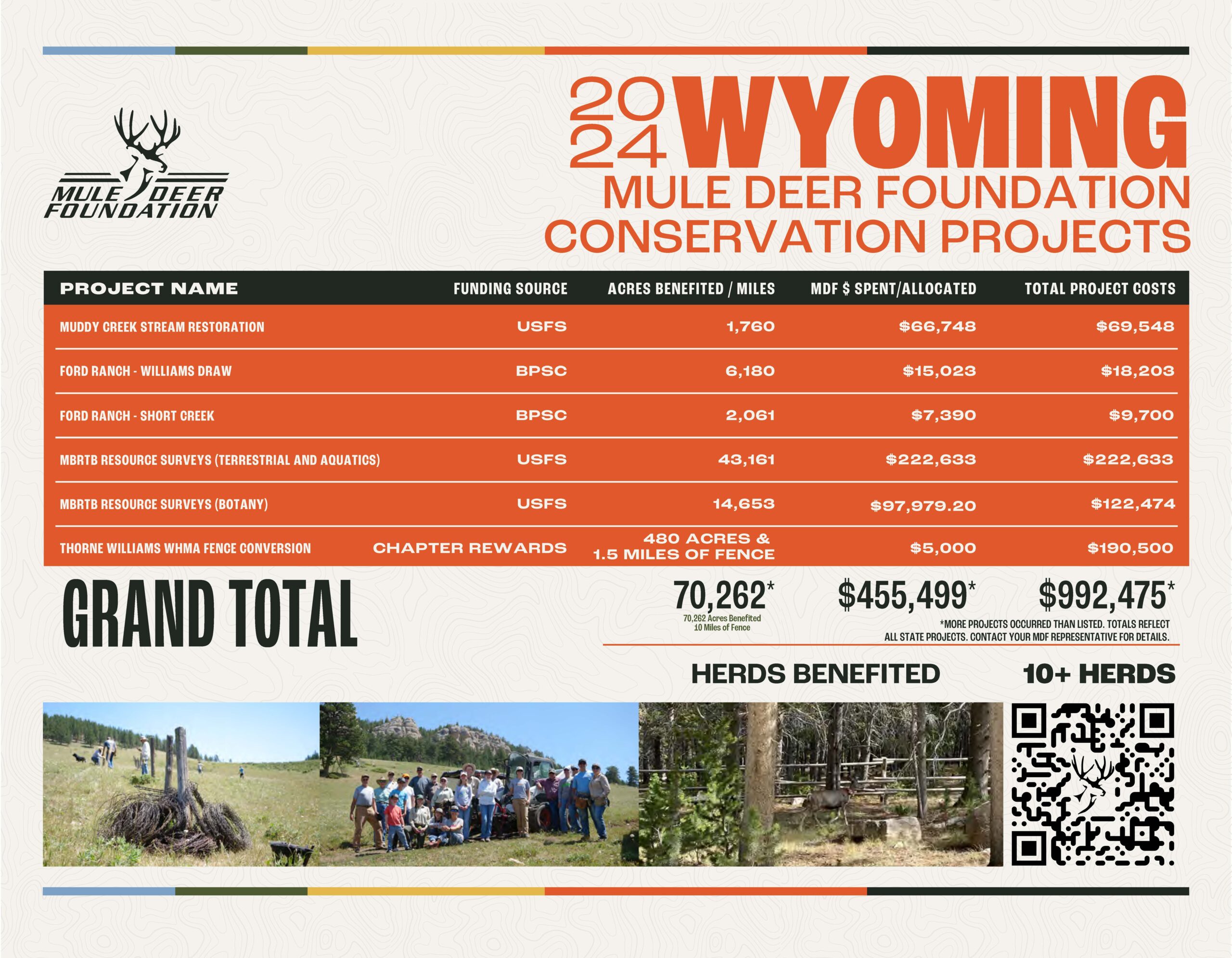

Here at the Mule Deer Foundation, we pride ourselves at being the center of the universe for mule deer hunting and conservation. When a mule deer is taken from Texas to Montana and California to Nebraska it is in part because of the Mule Deer Foundation and the incredible work we do across the landscape. Our staff understand the true value of a mule deer harvested across the western landscape because we see all of the behind-the-scenes efforts that make that deer possible. We see not only the physical effort, but the money, and the planning process that goes into creating a situation and landscape that grows that deer.

I earned my bachelor’s degree in Wildlife from Purdue University in 2016, then spent several years working seasonal field technician jobs, primarily capturing and collaring elk and mule deer, and conducting vegetation surveys to assess habitat conditions. In 2019, I moved to Salmon, Idaho, where I worked for Idaho Fish and Game, first as a big game population technician, monitoring collared big game, and later as a depredation technician, working with landowners to mitigate wildlife conflicts.
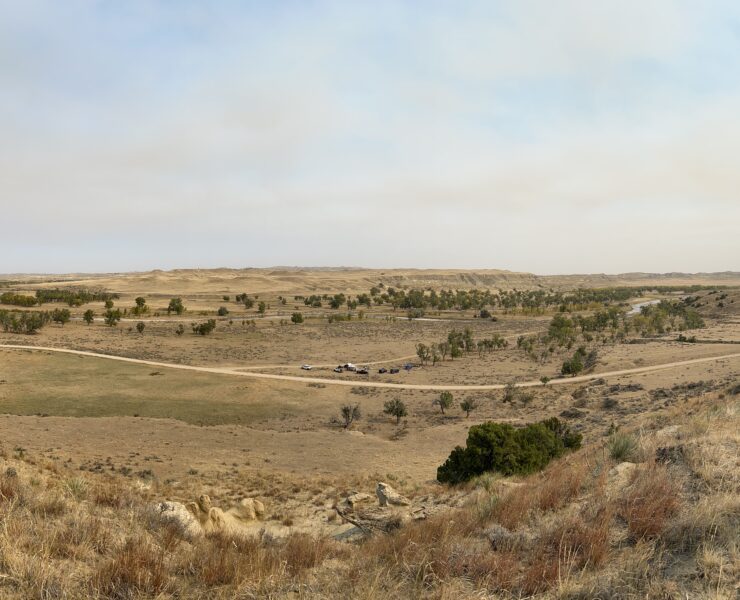
So the fabled hunting trip out west for mule deer has made it out of the group chat, and you are ready to start packing. The whole group is excited but you are more nervous as the trip becomes real. You have only hunted Ducks and Whitetails your entire life in the woods and waters of the Eastern United States. So you get online and instantly are overwhelmed with knowledge. Have no fear, here are the key points to focus on as you prepare to head out west.
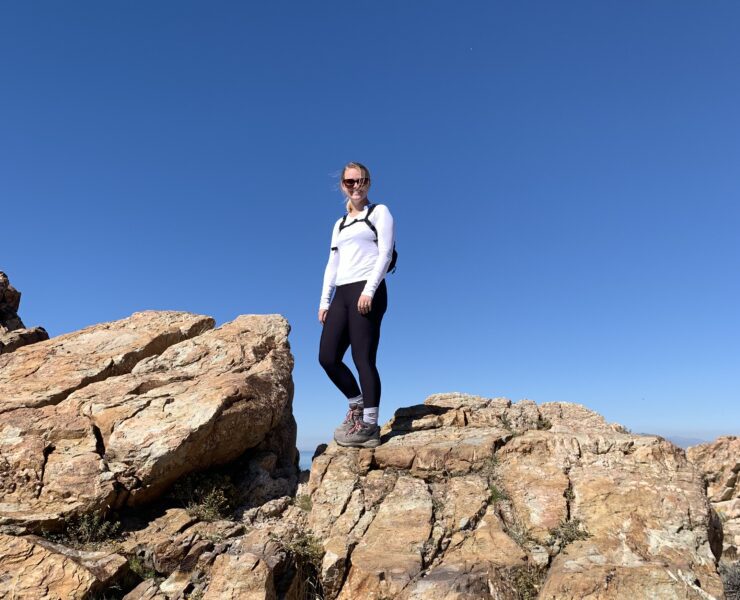
Katie was born and raised in NE Kansas with a passion for the outdoors and wildlife. She followed this passion in her educational career, graduating from Benedictine College with a bachelor’s in biology and then completing her master’s degree at the University of Kansas in ecology and evolutionary biology. She worked for the Utah Division of Wildlife Resources for two years working with private landowners to further conservation of land and wildlife habitat.
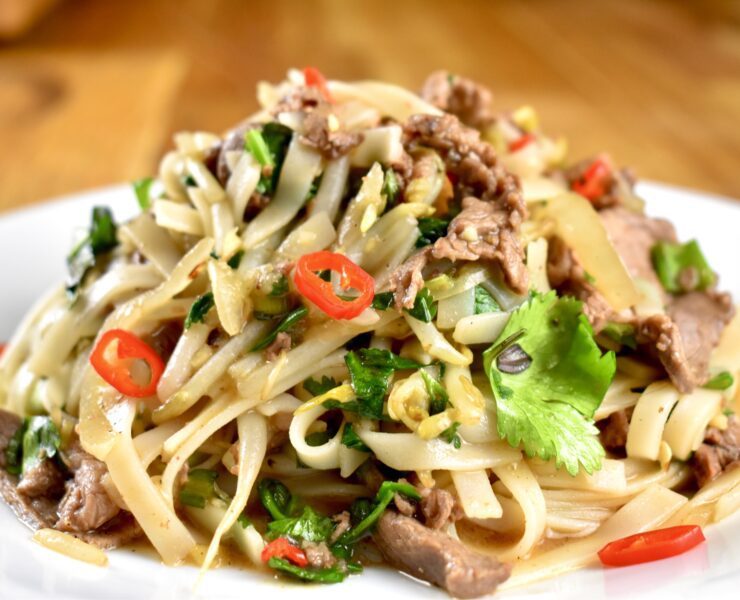
What’s better than a big old bowl of steaming phở? The meatiness, the herbaceousness, the spiciness, the slipperiness of rice noodles?
Sometimes though, you don’t really feel like a huge bowl of soup, or maybe you don’t feel like spending hours creating a perfectly balanced phở broth.
What if I told you that you could have your cake and eat it too?

“The only thing that could improve it would be seeing a big ol’ boar,” I said after the elk had disappeared into the spruce forest. Billy and I stepped back onto the road in high spirits. As we slowly still hunted our way along, I suddenly felt something. Apparently, Billy thought it, too. When I turned around to see what had the hair on my neck standing at attention, he was turning back towards me wide-eyed.
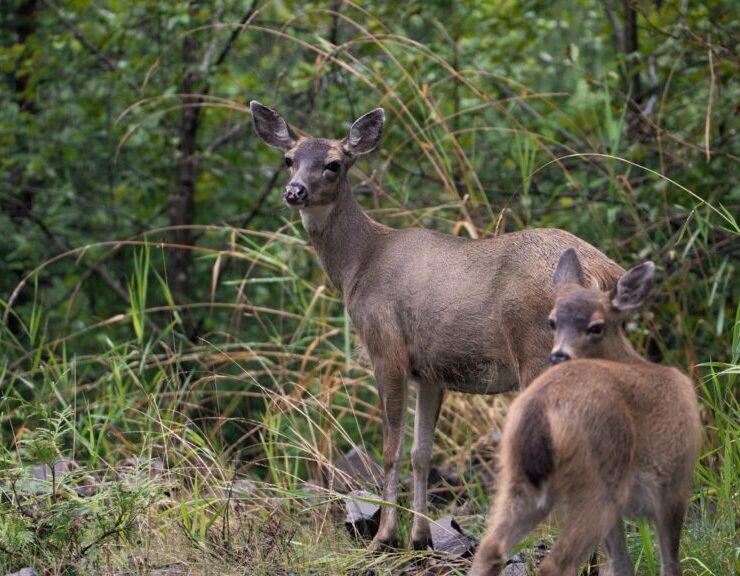
As many hunters and conservationists know, in certain states winter survival for mule deer is essential to keeping the population at its objectives. Therefore, it makes sense why states wildlife managers collect this vital information year after year. In fact, winter survival and post winter population counts are vital to MDF’s prioritization of where it can focus its conservation efforts in coordination with state agencies.
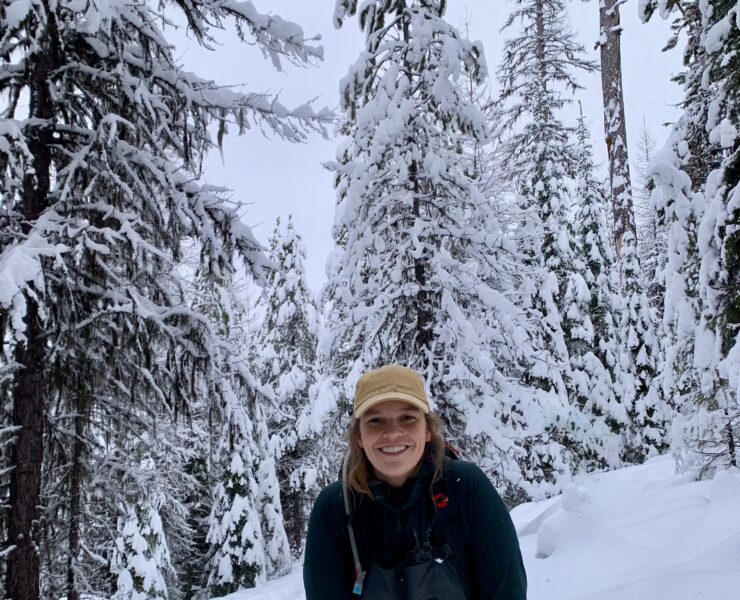
Ella Hartshorn is a spatial ecologist who explores how wildlife navigate ever-changing landscapes and increasing human pressures using remote sensing and geospatial analyses. Raised in rural western Colorado, she grew up immersed in the daily intersections of human and wildlife activity—from waking to deer in the backyard to helping trap prairie dogs in agricultural fields. These formative experiences sparked her dedication to understanding and improving how humans and wildlife share space and resources.
